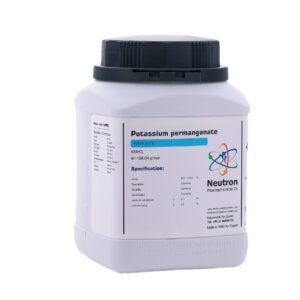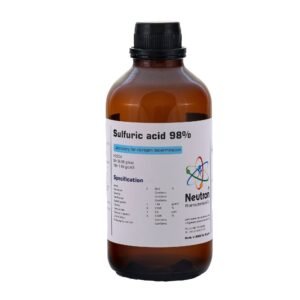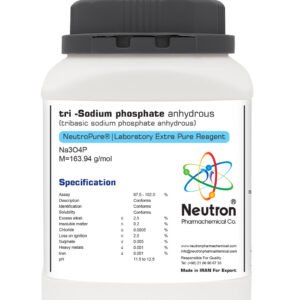Sodium fluoride is a white, crystalline inorganic compound commonly used in dental care, water fluoridation, and various industrial and laboratory applications as a source of fluoride ions.
🏭⚗️ Production
Sodium fluoride (NaF) is typically produced by neutralizing hydrofluoric acid (HF) with sodium hydroxide (NaOH) or sodium carbonate (Na₂CO₃), followed by crystallization and drying to yield a pure, solid product.
🔬 Properties
Sodium fluoride has the chemical formula NaF and a molar mass of approximately 41.99 g/mol. It appears as a white, odorless, and slightly hygroscopic crystalline powder or granules. It is highly soluble in water, forming a mildly basic solution, and is practically insoluble in alcohol.
🧪 Applications
Sodium fluoride is widely used in dental products such as toothpaste and mouth rinses to prevent tooth decay. It is also used in municipal water fluoridation, as a flux in metallurgy, in the manufacture of specialty glasses and ceramics, and in laboratories as a preservative or reagent in analytical chemistry.
⚠️ Safety
Sodium fluoride is toxic in high doses and should be handled with care. Ingestion of large amounts can lead to fluoride poisoning with symptoms including nausea, vomiting, and abdominal pain. Prolonged exposure may affect bones and teeth. Protective equipment should be used during handling, and it should be stored in a dry, well-sealed container away from acids and food products.





